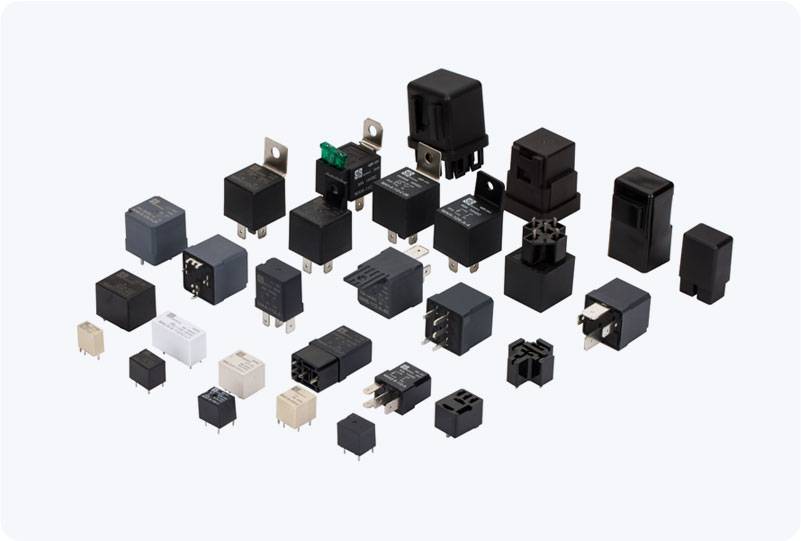A 15A Power Relay is an essential component in many electrical systems, designed to control higher power circuits with lower power control signals. These relays are widely used in various industries, including home appliances, automotive systems, and industrial automation. The 15A rating indicates that this relay can handle up to 15 amperes of current, making it suitable for controlling devices that require significant power. In this article, we will explore the working principle, applications, features, and benefits of the 15A power relay, highlighting its importance in modern electrical engineering.

What is a 15A Power Relay? A power relay is an electrically operated switch used to control a high-power load with a low-power input. A 15A power relay is specifically designed to manage currents up to 15 amperes, which makes it capable of handling relatively high-power devices. The relay typically operates with a control voltage that is lower than the voltage used by the load, ensuring the safety and longevity of the control circuit. Power relays are often used to isolate control circuits from power circuits and to provide a convenient method of switching larger currents. The 15A power relay’s primary function is to open or close an electrical circuit under specific conditions. When an electrical signal is applied to the relay’s coil, it generates a magnetic field that activates the switch, allowing current to flow through the load. When the signal is removed, the switch returns to its default state, either opening or closing the circuit, depending on the relay’s design.
Leave a Reply